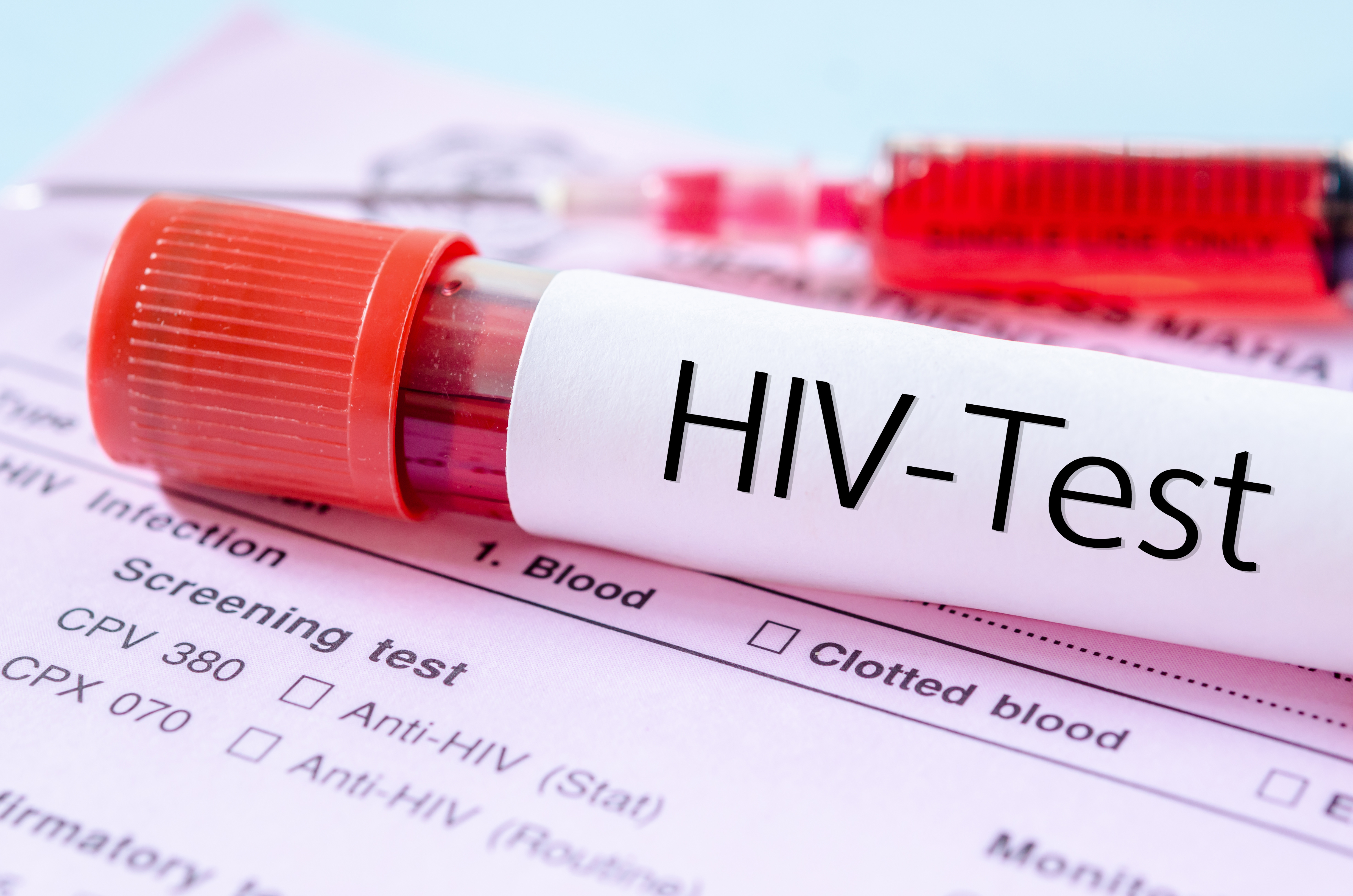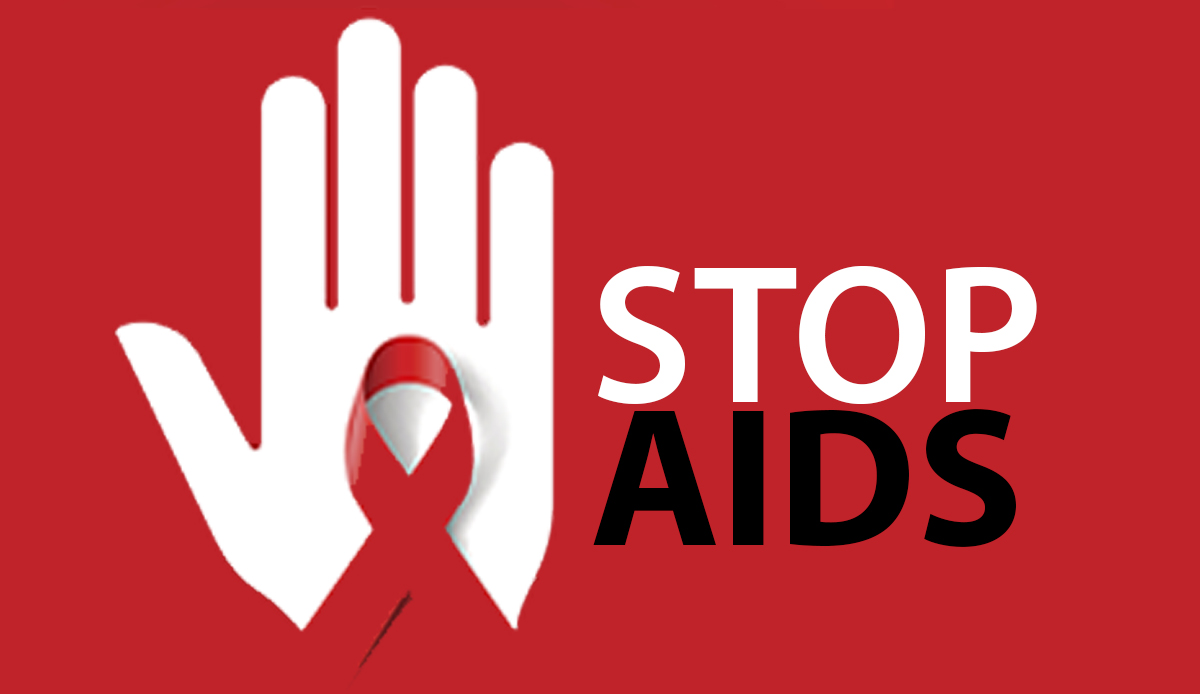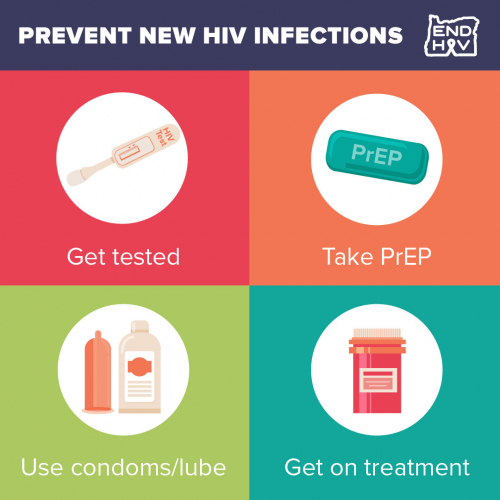HIV might sound intimidating, but the truth is, it’s preventable with the right knowledge and precautions. Think of it this way: if life were a video game, preventing HIV would be like dodging the obvious obstacles. You just need the right tools, strategies, and a little awareness to navigate safely.
HIV, or Human Immunodeficiency Virus, is a sneaky virus that targets the immune system, specifically CD4 cells (a type of white blood cell). These cells are like the body’s soldiers, defending against infections. When HIV invades, it gradually weakens the immune system, making it harder for the body to fight off infections or diseases. Left untreated, HIV can progress to AIDS (Acquired Immunodeficiency Syndrome), the most severe stage of the infection.
Here’s a fact that often gets overlooked: HIV is not the same as AIDS. HIV is the virus, while AIDS is the condition that can develop if the virus is not treated. Many people with HIV who take effective treatment never develop AIDS.
How Does HIV Spread?
To prevent HIV, it’s crucial to understand how it spreads. Spoiler alert: casual hugs, handshakes, or sharing a coffee cup aren’t on this list. HIV is transmitted through specific bodily fluids such as:
- Blood
- Semen (and pre-seminal fluid)
- Vaginal fluids
- Rectal fluids
- Breast milk
For transmission to occur, these fluids must come into direct contact with a mucous membrane, damaged tissue, or be directly injected into the bloodstream (think sharing needles). Common ways HIV spreads include:
- Unprotected sex (vaginal, anal, or oral) with someone who has HIV and isn’t on treatment.
- Sharing needles, syringes, or other drug-injection equipment.
- Mother-to-child transmission during pregnancy, childbirth, or breastfeeding, if not managed properly.
- Blood transfusions or organ transplants, though this is now extremely rare due to rigorous screening protocols.
Myths About HIV Transmission
Unfortunately, myths about HIV persist. Let’s bust a few:
- You can’t get HIV from casual contact. No, you’re not catching HIV from a hug, handshake, or sharing a public restroom.
- Mosquito bites? Nope. HIV can’t survive in insects, so relax on your next camping trip.
- Sharing food or drinks? Not a thing. HIV doesn’t spread through saliva.
Understanding the actual transmission routes is the first step in knowing how to prevent HIV effectively. It’s all about being informed, staying calm, and taking actionable steps to reduce risk.

Why HIV Prevention is Important
Preventing HIV isn’t just about avoiding a health condition—it’s about protecting yourself, your community, and future generations. Beyond the personal impact, HIV prevention carries societal and economic importance. Let’s break it down:
The Global Picture of HIV
HIV remains a global health challenge. According to UNAIDS, around 38 million people worldwide are living with HIV, with about 1.5 million new infections each year. While advancements in treatment have transformed HIV from a fatal illness to a manageable condition, prevention remains critical to reducing the spread and ending the epidemic.
The Ripple Effect of Prevention
When we focus on preventing HIV:
- Fewer Infections = Healthier Communities
- Each case prevented saves countless others from potential exposure. Think of it as stopping a domino effect before it begins.
- Reduced Economic Burden
- HIV treatment is costly. In the U.S., for example, the lifetime cost of treating HIV is estimated at over $400,000 per individual. Prevention strategies, like providing condoms or PrEP, are significantly less expensive.
- Improved Quality of Life
- Preventing HIV means people don’t have to deal with the stigma, medical challenges, or emotional toll that can accompany a diagnosis.
Case Study: The Impact of Prevention Efforts in Sub-Saharan Africa
In sub-Saharan Africa, where HIV rates are among the highest in the world, prevention programs have made a significant difference. Initiatives like widespread condom distribution, education campaigns, and access to antiretroviral therapy (ART) for pregnant women have led to a 41% decline in new infections since 2000. This shows that prevention isn’t just possible—it’s powerful.
Why It’s Personal
Beyond statistics, HIV prevention is about taking control of your health and breaking the cycle of transmission. Prevention empowers individuals to live healthier, freer lives without the fear of infection. Plus, by protecting yourself, you’re also protecting your loved ones.
So why is prevention important? Because it’s about much more than numbers. It’s about creating a world where HIV isn’t a looming threat but a challenge we’ve overcome together.

Key Strategies to Prevent HIV
Preventing HIV doesn’t require magic or a PhD—just informed decisions and consistent habits. Whether you’re looking out for yourself or educating others, these strategies form the backbone of effective HIV prevention. Let’s break them down step by step.
Safe Sexual Practices
Let’s get straight to the point: safe sex saves lives. Unprotected sex remains one of the most common ways HIV is transmitted, but small adjustments in how you approach intimacy can significantly reduce your risk.
- Use Condoms Every Time
Condoms, when used correctly, are highly effective at preventing HIV. According to the CDC, they reduce the risk of transmission by 98% when used consistently and correctly. A quick checklist for effective condom use:- Check the expiration date—yes, they expire!
- Store condoms properly (cool, dry place—not in your wallet or a hot car).
- Use water-based or silicone-based lubricants to prevent breakage.
- Never reuse a condom (seriously, don’t).
Pro Tip: Don’t just rely on “in the moment” decisions. Keep condoms easily accessible—like a safety net for spontaneity!
- Talk Openly About HIV Status
Having “the talk” with a partner might not scream romance, but it’s essential. Ask about their HIV status and share your own. This doesn’t have to be awkward—frame it as part of caring for each other’s well-being. - Limit the Number of Sexual Partners
Fewer partners = lower risk. It’s simple math: the fewer connections you make, the fewer opportunities HIV has to spread. - Use Protection During All Types of Sex
While vaginal and anal sex carry the highest risks, oral sex isn’t completely risk-free. Dental dams (a thin sheet of latex) can add an extra layer of protection during oral sex.
Regular Testing for HIV
Here’s the thing: you can’t manage what you don’t know. Regular testing is critical for staying ahead of HIV.
- Why Testing Matters
Roughly 1 in 8 people with HIV don’t know they have it, according to the CDC. That means they could unknowingly spread it to others. Testing helps you:- Take control of your health.
- Access early treatment if needed.
- Protect your partners.
- How Often Should You Get Tested?
Testing frequency depends on your risk factors:- At least once a year for sexually active adults.
- Every 3-6 months for individuals with higher risks (e.g., multiple partners, MSM, or drug use).
- Pregnant women should get tested during prenatal care to prevent mother-to-child transmission.
- Types of Tests
There’s no excuse to avoid testing, especially with how convenient it’s become.- Rapid tests: Results in 20 minutes or less (some even at home).
- Lab-based tests: More accurate, with results in a few days.
And don’t worry—it’s confidential, and most clinics offer it for free or at a low cost.
Pre-Exposure Prophylaxis (PrEP)
Here’s a game-changer in HIV prevention: PrEP (Pre-Exposure Prophylaxis). Think of PrEP as a shield—it’s a daily pill that prevents HIV before exposure.
- How Effective is PrEP?
Studies show that PrEP reduces the risk of HIV from sexual activity by 99% when taken consistently. For injection drug users, the risk reduction is about 74%. - Who Should Take PrEP?
PrEP is recommended for individuals who are at higher risk, such as:- Those in a relationship with someone living with HIV.
- People who don’t consistently use condoms.
- Those who inject drugs and share needles.
- How to Access PrEP
Most healthcare providers can prescribe PrEP. Many health insurance plans, as well as assistance programs, cover it—making it accessible to most people.
Post-Exposure Prophylaxis (PEP)
If PrEP is your prevention shield, think of PEP as your emergency exit. PEP (Post-Exposure Prophylaxis) is a short-term treatment taken after possible HIV exposure to prevent the virus from taking hold.
- When to Take PEP
Timing is critical. PEP must be started within 72 hours of exposure, but the sooner, the better. It’s not a “maybe I’ll think about it” situation—it’s a “get to a clinic now” moment. - How PEP Works
PEP involves taking antiretroviral medications daily for 28 days. It’s highly effective if taken as prescribed, but it’s not 100%. That’s why prevention is always better than relying on post-exposure treatment.
Needle and Syringe Programs (NSPs)
For those who inject drugs, shared needles are a significant risk factor for HIV. But programs that provide clean needles—called Needle and Syringe Programs (NSPs)—have proven to be highly effective.
- Why They Work
By offering sterile needles and syringes, NSPs reduce the risk of HIV transmission through shared drug equipment. - More Than Just Needles
These programs often provide additional support, like:- HIV testing and education.
- Counseling and access to addiction treatment.
- Safe disposal containers for used needles.
- Global Success Stories
Countries like Australia and the Netherlands have shown dramatic reductions in HIV cases among drug users due to these programs.

Preventing HIV in Specific Populations
Not everyone faces the same risks when it comes to HIV, which is why prevention strategies often need to be tailored for specific groups. Whether it’s a new mom or a healthcare worker, personalized approaches can make all the difference. Let’s explore how different populations can stay protected.
Preventing HIV in Women
Women, especially in certain parts of the world, face unique risks related to HIV. In fact, globally, women account for over half of all people living with HIV, according to UNAIDS. But the good news is, targeted prevention strategies can help reduce their risk.
- Mother-to-Child Transmission (MTCT)
- HIV can be passed from a mother to her baby during pregnancy, childbirth, or breastfeeding. However, with proper interventions, the risk of MTCT can be reduced to below 1%.
- How to Prevent It:
- Pregnant women should get tested early in their pregnancy.
- If HIV-positive, antiretroviral therapy (ART) should begin immediately and continue through pregnancy and breastfeeding.
- In some cases, formula feeding may be recommended over breastfeeding to eliminate risk.
- Empowering Women Through Education
Education is key to helping women protect themselves. Programs that teach women about safe sex practices, condom negotiation skills, and reproductive health are game-changers. - Access to Female-Controlled Prevention Tools
- Female condoms and vaginal rings (such as those infused with antiretroviral drugs) give women more control over their own prevention efforts.
Preventing HIV in Men Who Have Sex with Men (MSM)
MSM communities are disproportionately affected by HIV. For example, in the U.S., MSM accounted for 69% of all new HIV diagnoses in 2019. Targeted prevention strategies are crucial in these communities.
- PrEP: A Powerful Tool
- PrEP (Pre-Exposure Prophylaxis) has been especially effective in reducing HIV rates among MSM. Studies show a reduction in transmission risk of up to 99% when used consistently.
- Regular Testing and Open Communication
- MSM who engage in high-risk behaviors should test every 3-6 months. Open discussions about HIV status and prevention strategies with partners help reduce stigma and improve prevention efforts.
- Community-Based Programs
- MSM-focused education campaigns and healthcare services can provide a safe, stigma-free environment for HIV prevention and care.
Preventing HIV Among Drug Users
Sharing needles is one of the riskiest behaviors when it comes to HIV transmission. According to the CDC, 10% of new HIV cases in the U.S. are linked to injection drug use. But harm-reduction strategies can drastically lower this risk.
- Needle and Syringe Programs (NSPs)
- As mentioned earlier, providing clean needles and syringes to drug users reduces transmission.
- Fun fact: Studies show that NSPs not only prevent HIV but also reduce healthcare costs associated with treating infections.
- Safe Injection Sites
- These supervised facilities provide a clean, controlled environment for drug use. They also connect individuals to healthcare, addiction services, and testing programs.
- Addiction Treatment and Education
- Programs like methadone maintenance or buprenorphine therapy help people move away from injection drug use entirely, reducing their exposure to HIV.
Preventing HIV in Healthcare Workers
Healthcare workers face unique risks, especially in environments with limited resources or safety protocols. But with proper precautions, occupational HIV transmission is extremely rare.
- Needlestick Safety
- Accidental needlesticks are the primary concern for healthcare professionals. Following proper sharps disposal and using safety-engineered needles are critical.
- PEP Protocols After Exposure
- If a healthcare worker is exposed to HIV, starting Post-Exposure Prophylaxis (PEP) within 72 hours significantly reduces the risk of infection.
- Protective Equipment
- Gloves, masks, and goggles aren’t just for show—they’re essential in preventing contact with potentially infectious fluids.
Why Tailored Prevention Works
HIV doesn’t discriminate, but it affects certain groups more than others. By focusing on specific risks and tailoring prevention methods, we can make significant strides in reducing HIV rates.
Leave a Reply